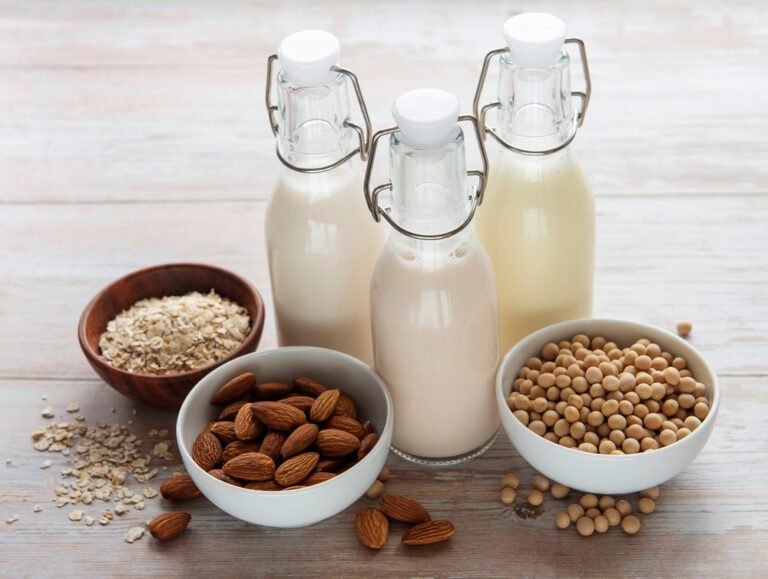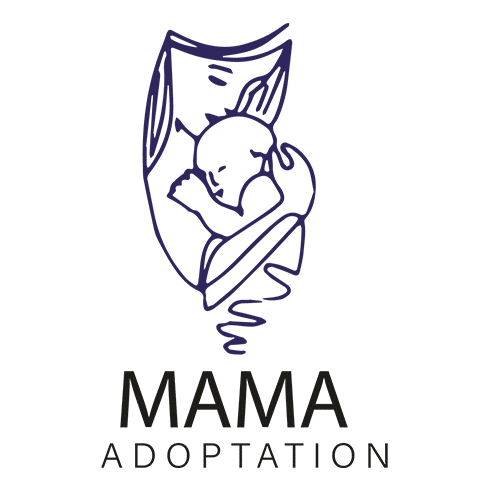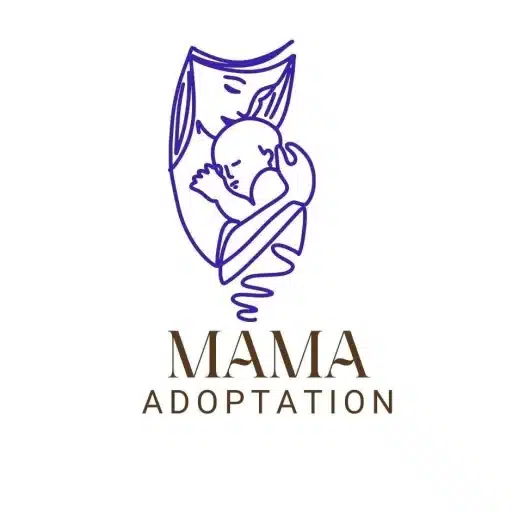Low fat milk might sound like the healthy choice, but when it comes to babies and toddlers, the question of fat-free milk vs whole milk can be surprisingly confusing. As a new parent, you may wonder, do babies need whole milk, or will low-fat do? Which milk is best for toddlers, and what kind of milk for a 2 year old is recommended?
It’s a big decision to figure out when to transition to milk and how much to give. In this article, we’ll share clear, factual guidance to help you make the best choice.
From nutrition differences to when to transition to milk and how much whole milk a 1-year-old should drink, we’ve got you covered with practical insights for your little one’s diet.
Low Fat Milk vs Whole Milk: Nutritional Differences
When comparing low fat milk to whole milk, the biggest difference is the fat content (and thus calories). Whole milk is about 3.25% fat, while fat-free milk (skim milk) has 0% fat. Here’s a brief overview of the nutritional differences between whole and fat free milk for an 8-ounce serving:

Low Fat Milk Nutrition vs Whole Milk
- Whole Milk (full-fat): ~150 calories, ~8 grams of fat (mainly saturated), 8 grams of protein, 12 grams of carbohydrates (lactose), and about 300 mg of calcium per cup.
- Fat-Free Milk (skim/nonfat): ~80–90 calories, 0 grams of fat, 8 grams of protein, 12 grams of carbs, and about 300 mg of calcium per cup.
Fat free milk has about half the calories of whole milk because the fat is removed. However, it still provides roughly the same protein and calcium content as whole milk.
In fact, the nutritional value of fat-free milk is nearly identical to whole milk aside from the fat and calories. (All regular cow’s milk in the U.S. is fortified with vitamin D, and low-fat milks are fortified with vitamin A, so vitamin levels remain comparable.)
The whole milk delivers extra calories from fat, whereas skim nonfat milk offers protein, carbs, and calcium without the fat.
Do Babies Need Whole Milk?
So, do babies need whole milk once they start on dairy? In almost all cases, yes. Pediatric experts recommend that children 12 to 24 months old drink whole milk, not low-fat milk. Whole milk provides the dietary fats that babies and young toddlers need for energy and healthy brain development during this rapid growth stage. On the other hand, reduced-fat or skim milk lacks the necessary fat to support an infant’s growth and development.
When your little one reaches their first birthday, it’s time to shift from formula or breast milk to whole milk designed for toddlers.
As one pediatric dietitian explains,
“Whole milk is recommended for kids 2 and under because of the calcium, fat, and protein found in it,”
which aligns with their rapid growth requirements. These nutrients in whole milk support strong bones, brain growth, and overall development in the toddler years.
When to Transition to Full Fat Milk (Cow’s Milk)
During the first year of life, infants should stick to breast milk or infant formula as their primary drink, cow’s milk isn’t recommended for babies under 12 months. Around your baby’s first birthday (12 months old) is when to transition to milk. At this point, you can begin introducing whole cow’s milk gradually. The American Academy of Pediatrics confirms that only after 1 year is it appropriate to offer plain cow’s milk
For a smooth transition, start slowly. You might offer a small amount of whole milk in a sippy cup at snack time, or mix whole milk into formula or pumped breast milk to help your baby get used to the taste.
For example, some parents begin by mixing equal parts whole milk and prepared formula, then gradually increase the ratio of milk. This gentle approach lets your baby’s system adjust and can make the change easier. Also, as you introduce whole milk, expect your child’s milk intake to be less than what they drank as an infant, now that they’re eating solids, milk becomes more of a beverage and calcium source, not their sole nutrition. (It’s normal for a toddler to drink fewer total ounces of milk than they did with formula.)
How Much Whole Milk Should a 1-Year-Old Drink?
Once your little one is on cow’s milk, how much is the right amount? Experts generally recommend about 2 to 3 cups of whole milk per day for a 1-year-old, which is roughly 16–24 ounces in 24 hours. In fact, the American Academy of Pediatrics suggests toddlers 12–24 months consume 16–24 ounces of whole milk per day to meet their nutritional needs. This provides plenty of protein, calcium, fat, and vitamin D for growth.
It’s also important not to go overboard with milk. Pediatricians usually advise no more than about 24 ounces (3 cups) of whole milk per day for toddlers. Too much milk can fill up your child’s tummy and start to displace other foods in their diet. Excess milk (beyond 24 oz) over time may even interfere with iron absorption, leading to iron deficiency anemia in extreme cases.
Aim for 2 cups of milk a day as a guideline, and try not to exceed 3 cups. This ensures your toddler gets the benefits of whole milk nutrition without spoiling their appetite for other iron-rich foods. If your child is still thirsty, offer water in between meals.
What Kind of Milk for a 2-Year-Old?
By the time your toddler reaches their 2nd birthday, the recommendations shift. At 2 years old, it’s usually time to switch from whole milk to a lower-fat milk. In other words, the best kind of milk for a 2-year-old is low fat milk (such as 1% milk) or even fat free skim milk. It is advised that children of age two and older should drink nonfat (skim) or 1% milk instead of whole. This change helps reduce saturated fat in their diet as they grow, promoting long-term heart health and healthy weight.
Experts recommend staying on whole milk for the first 24 months, then moving to low-fat milk after age 2. Your toddler’s nutritional needs are different at this stage, they can get plenty of fats from a varied diet of solid foods, so they no longer need the extra milk fat. By switching to low-fat or skim milk, you’re cutting down on saturated fat while still providing protein, calcium, and other nutrients from milk.
Do note that there are a few special cases. If your 2-year-old is underweight or has specific medical needs, your pediatrician may suggest sticking with whole milk a bit longer. Whole milk has more calories, which can help in catch-up growth if needed. On the other hand, if there’s a strong family history of obesity, high cholesterol, or heart disease, your doctor might advise using a reduced-fat (2%) milk even before age 2. For example, the American Academy of Pediatrics has supported offering 2% milk to at-risk toddlers in certain cases. These decisions should always be made with your pediatrician’s guidance. For most healthy kids, though, the rule of thumb is whole milk for toddlers up to age two, and low fat milk thereafter.
Milk Alternatives for Toddlers (Lactose-Free, Almond, Soy, etc.)
What if your child can’t have regular cow’s milk or your family follows a dairy-free diet? There are many milk alternatives, from lactose-free dairy milk to plant-based milks like almond or soy. Here’s how they stack up for toddlers:

- Lactose-Free Milk: Lactose-free cow’s milk is real milk that has the lactose sugar removed or broken down. It comes in various fat levels (you can find whole or fat free lactose free milk). If your toddler has lactose intolerance (which is uncommon under age 2, but can occur), lactose-free milk is a suitable alternative because it has the same nutrients as regular milk minus the lactose. Remember, regular nonfat milk contains just as much lactose as whole milk, so simply switching to skim won’t help a lactose-sensitive child, you need a lactose-free version.
- Almond Milk & Other Plant Milks: Many plant-based milks (almond, oat, rice, etc.) are not recommended as a full replacement for dairy in toddlers. For example, fat free almond milk or rice milk might be low in calories, but they offer very little protein or fat and often lack calcium and vitamin D. Most plant-based milks are not nutritionally equivalent to cow’s milk and may not support a toddler’s growth. These milks can be an option for occasional use or for children with allergies, but be cautious about relying on them exclusively. (If you do use them, choose products fortified with calcium and vitamin D, and ensure your child is getting protein from other foods.)
- Soy Milk: Soy milk is the one plant-based milk that comes close to cow’s milk in nutritional value. Fortified soy milk contains protein, calcium, vitamin D, and fat levels similar to cow’s milk. In fact, experts consider soy milk an acceptable alternative to dairy for children over 1 year. If your toddler can’t have dairy, unsweetened soy milk (preferably whole-fat soy milk for under-2s, or fortified low-fat soy milk for older kids) is the best substitute. Fat free soy milk options exist, but remember that young toddlers benefit from some dietary fat – so a soy milk with some fat content is fine up until age 2. Always check that your soy milk is fortified with calcium and vitamin D.
- Evaporated or Powdered Milk: Shelf-stable options like fat free evaporated milk (canned concentrated skim milk) and fat free dry milk powder can be used in cooking or in a pinch. When reconstituted with water, they basically turn into skim milk. Nutritionally they are similar to fresh milk, though evaporated milk is usually sterilized and has a slightly cooked flavor. While these can work if you have no refrigeration or are traveling, they’re not typically used as the daily milk for toddlers. If you do use powdered milk to make your child’s drink, follow the preparation instructions carefully to get the right nutrient dilution.
FAQ’s
1. Is nonfat milk good for babies?
Nonfat milk is not recommended for babies under 2 years old, as it lacks the essential fat content needed for brain development and growth. Whole milk is generally preferred after age 1 unless otherwise advised by a pediatrician.
2. Which milk is fat-free milk?
Fat-free milk, also known as skim milk or nonfat milk, has had all of its fat removed. It still contains important nutrients like calcium and protein but lacks the calories and essential fats found in whole milk.
3. What is the difference between nonfat milk and whole milk baby formula?
Whole milk baby formula is designed to mimic breast milk and contains necessary fats, vitamins, and minerals for infant growth. Nonfat milk lacks those fats and nutrients, making it unsuitable as a substitute for infant or toddler formula.
4. Can kids drink non-fat milk?
Kids over the age of 2 can drink non-fat milk if they’re getting enough healthy fats from other foods. However, children under 2 need the fat in whole milk for proper development, unless a doctor recommends otherwise.
Final Thoughts
When it comes to low fat milk vs whole milk for babies and toddlers, the answer really depends on your child’s age and nutritional needs. Whole milk is most beneficial during the early toddler years (12–24 months) because its higher fat content fuels your baby’s brain development and growth. After age 2, low fat milk or skim milk becomes the better choice, helping limit saturated fat as your child’s diet diversifies. Both types of milk have their place in a healthy diet – it’s all about timing.
Which milk is best for toddlers – low fat milk or whole milk?
Whole milk is best for kids younger than 2 years old. Low-fat or fat-free milk is best for kids over 2 years old.
Read More…………………..








